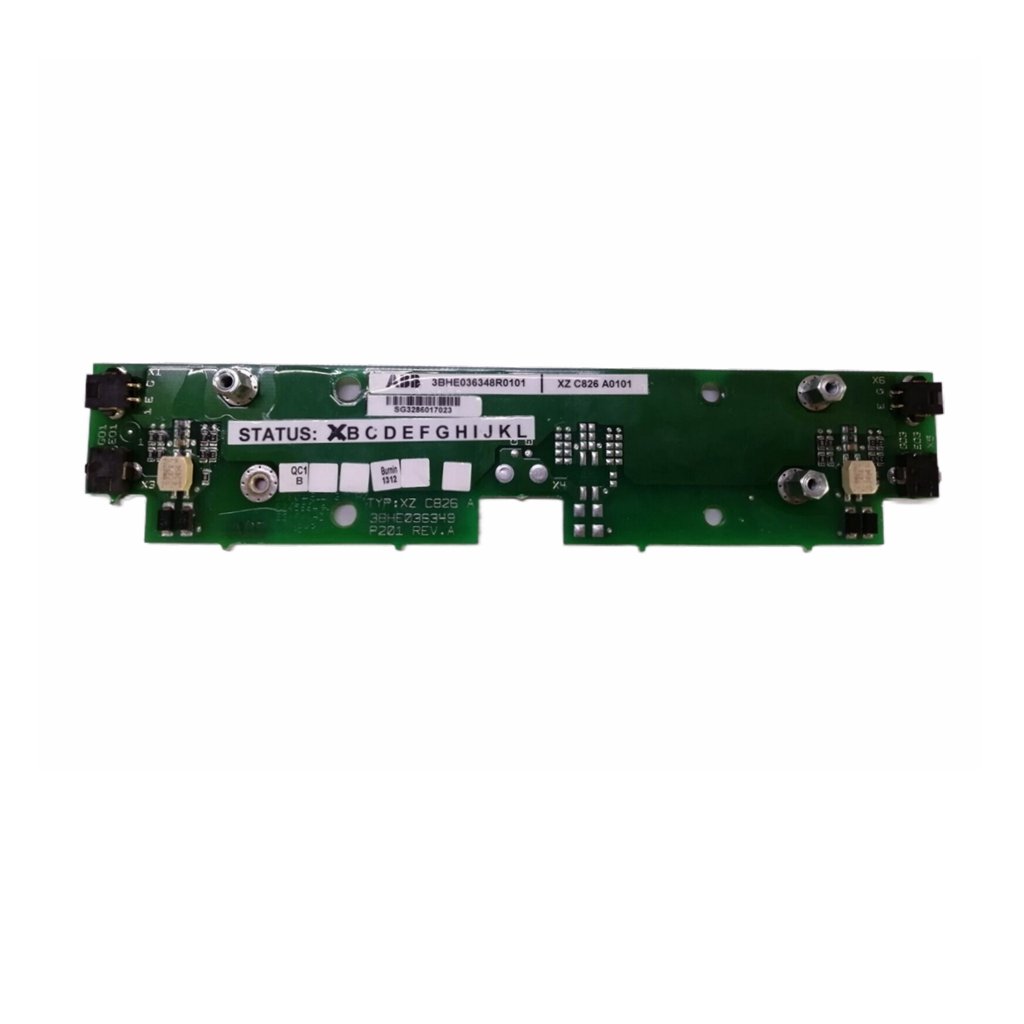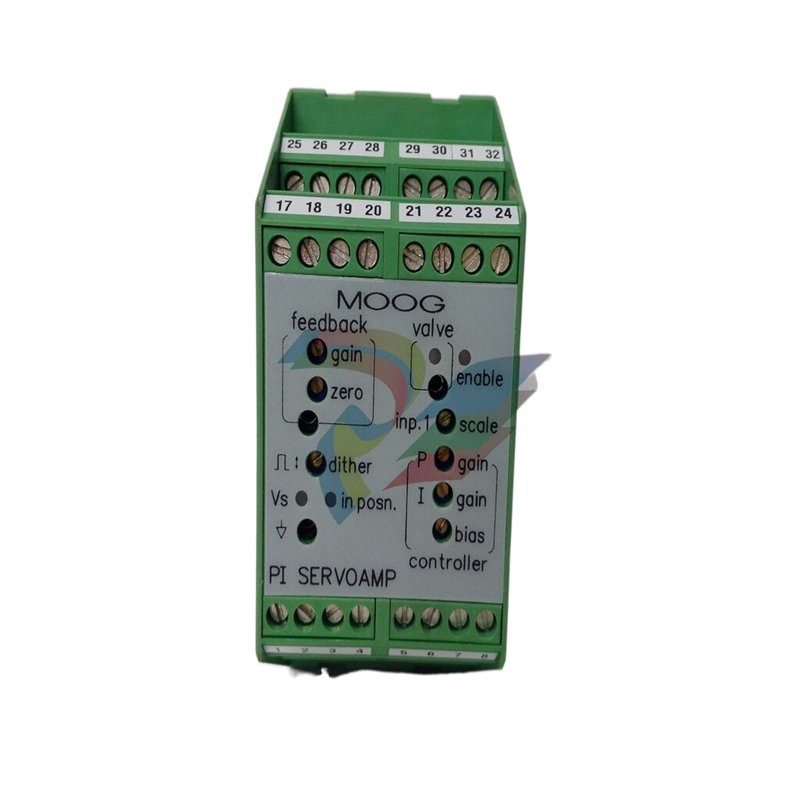MITSUBISHI FXAOM01AD

MITSUBISHI FXAOM01AD: Advanced Industrial Module for Automation Engineering Solutions
The MITSUBISHI FXAOM01AD represents cutting-edge industrial module components designed for precision automation applications. Engineers across multiple industries rely on this high-performance module to deliver consistent results in demanding environments. Below, we explore the detailed technical specifications that make this component indispensable for modern automation engineering solutions.
Technical Specifications
- Model Number: FXAOM01AD
- Manufacturer: MITSUBISHI Electric
- Input Voltage: 24V DC ±10%
- Output Type: Analog current/voltage
- Resolution: 12-bit
- Channels: 4 independent channels
- Conversion Speed: 1ms/channel
- Isolation: Photocoupler isolation between channels
- Operating Temperature: 0°C to 55°C
- Storage Temperature: -25°C to 75°C
- Humidity Range: 5% to 95% RH (non-condensing)
- Vibration Resistance: 10-57Hz, 0.075mm amplitude
- Shock Resistance: 147 m/s² (3 times each direction)
- Weight: Approx. 0.3kg
Performance Advantages
The MITSUBISHI FXAOM01AD specifications reveal several performance advantages that make it ideal for industrial applications. First, its high-speed conversion capability ensures real-time data processing for critical automation tasks. Moreover, the module’s robust construction withstands harsh industrial environments while maintaining precision.
Additionally, the four independent channels provide flexible configuration options for complex systems. The photocoupler isolation between channels prevents signal interference, guaranteeing accurate measurements. Consequently, engineers can integrate this module into various automation engineering solutions with complete confidence.
Application Scenarios
Industrial module components like the FXAOM01AD typically serve in multiple automation scenarios. For instance, manufacturers deploy them in production line monitoring systems where precise analog signal conversion proves essential. Similarly, the module performs exceptionally well in environmental control systems that require stable, long-term operation.
Furthermore, the device’s compact design and reliable performance make it suitable for retrofitting older equipment with modern automation capabilities. As a result, businesses can upgrade their systems without complete overhauls, significantly reducing downtime and costs.


